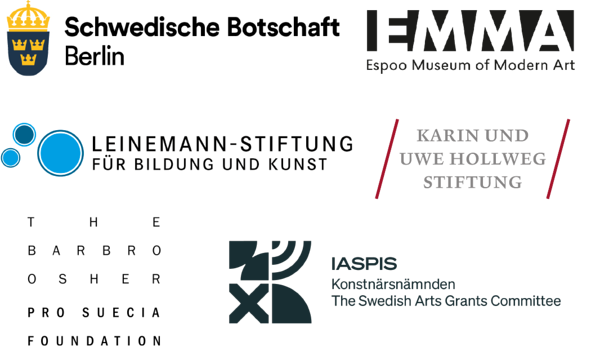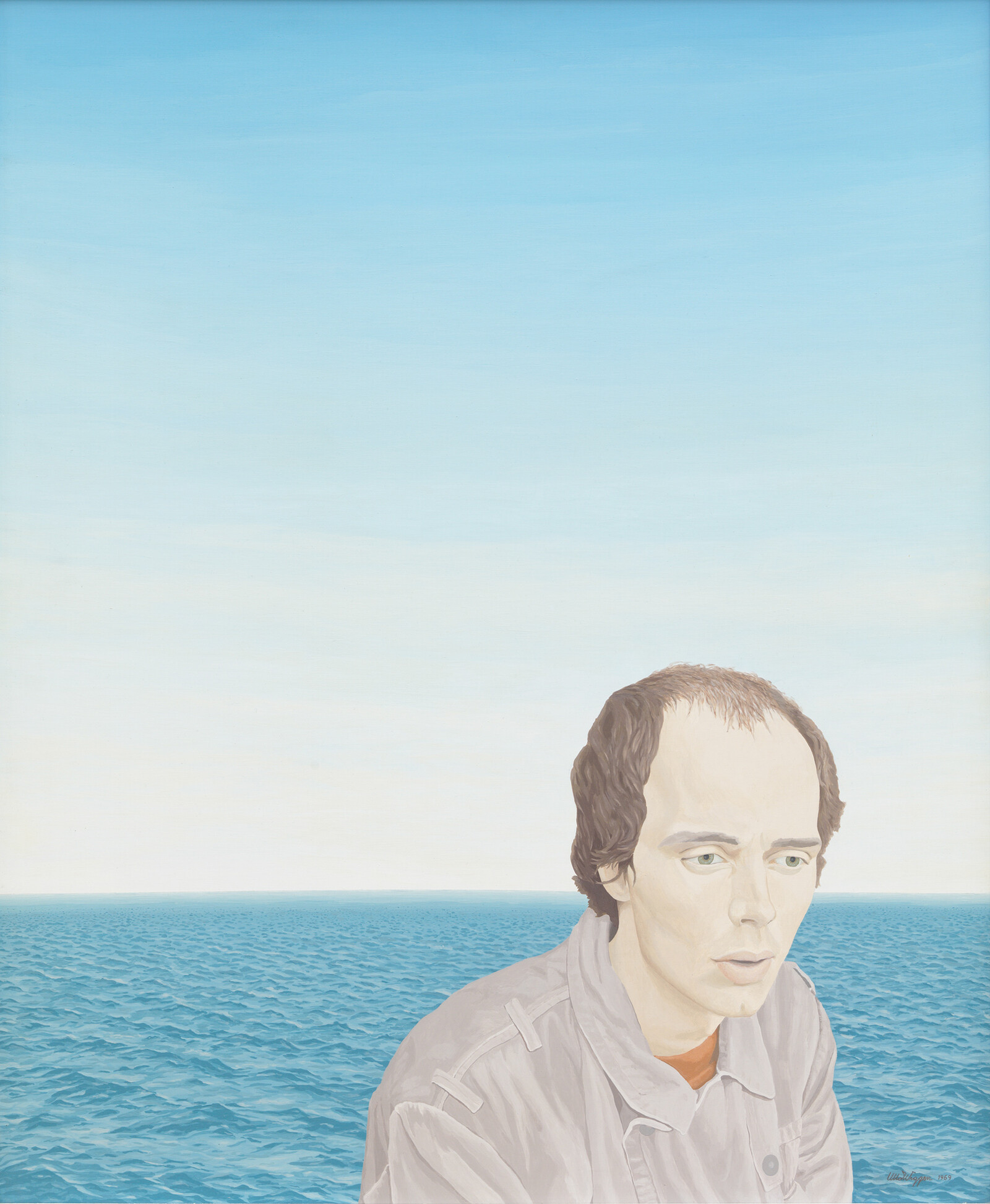OUTSIDE / INSIDE
February 24–June 2, 2024
Friedrichsplatz 18
34117 Kassel
Germany
Hours: Tuesday–Sunday 11am–6pm,
Thursday 11am–8pm
info@fridericianum.org
Curatorial team: Justin Michael Delor and Moritz Wesseler
The Fridericianum honors the work of Ulla Wiggen with a retrospective survey exhibition comprising over 60 paintings and drawings. The work of the artist, born in Stockholm in 1942, is characterized by outstanding formal and conceptual precision.
In the early 1960s, the artist began painting pictures of circuit boards and other electronic components. Digital technology was still entirely new at the time. Wiggen had access to it through the work of her late husband, Knut Wiggen. He was a composer and head of the electronic music studio at the Swedish radio (Elektronmusikstudion/EMS). Wiggen’s filigree images are modeled on the flat, schematic arrangement and formal aesthetics of circuit boards. The clean lines and blocks of color visualize the flow of electricity that usually remains hidden from view inside electronic devices. But the artist does not just copy circuit diagrams. The depicted circuits would not fulfill their function, but they do employ an aesthetic logic. It was these works that garnered institutional recognition for the young painter: In the context of the artists debut exhibition in January 1968 the Moderna Museet in Stockholm acquired the work TRASK (1967). This led to her being invited to the groundbreaking exhibition Cybernetic Serendipity held at the Institute of Contemporary Arts (ICA) in London later that same year.
Around 1970, Wiggen turned her attention towards traditional portraiture. The persons depicted are presented in front of wide seascapes with low horizons or against neutral backgrounds. The artist’s view of her subjects is as attentive and intimate as it is objective and detail oriented, just like her technical paintings from the previous decade. While her earlier works explore the interior of electronic systems, in her portraits she approaches the theme of interiority and exteriority via a meticulous observation of faces. In doing so, she invites the viewer into a silent dialogue with the portrayed subjects – the eyes and lines of their faces appear exceptionally vivid due to the depth of their invisible, yet clearly revealed psychological make-up.
Between the early 1980s and the early 2010s, Wiggen focused primarily on her work as a psychotherapist. Encouraged by a series of solo and group exhibitions highlighting the renewed enthusiasm for her circuit paintings from the 1960s among younger curators, artists, and audiences sensitized to the historical impact of digital technology, Wiggen then embarked upon a series of paintings based on medical representations of bones or parts of the human brain, applying the same precision and attention to detail that are characteristic of her earlier works. The 2014 painting Conscientia, for instance, shows a schematic representation of a brain against the background of a network of neurons and synapses. The work raises the question of where consciousness is located as a defining feature of human psychology and how it can be represented.
Wiggen’s most recent group of works, beginning in 2016 and still ongoing, combines the portrait-like with medical depictions of the complex and intricately patterned human iris, which she paints on circular panels with slightly irregular edges. Commonly referred to as windows to the soul, eyes are generally seen as occupying a special position between the physical outside world and the mental inner world – which seems to be located in the almost cosmic depth of the black pupil at the center of Wiggen’s paintings. In a less poetic context, digital eye scans form the basis for biometric identification technology, as each person’s iris reveals a unique pattern. In this respect, the eyes in Wiggen’s paintings mark an intersection between the individuality of her models and the digital systems she explored with her work from the 1960s.
The exhibition is held under the patronage of Her Excellency Veronika Wand-Danielsson, Ambassador of Sweden to Germany. It is being realized in collaboration with the EMMA—Espoo Museum of Modern Art in Finland. With the generous support of:





